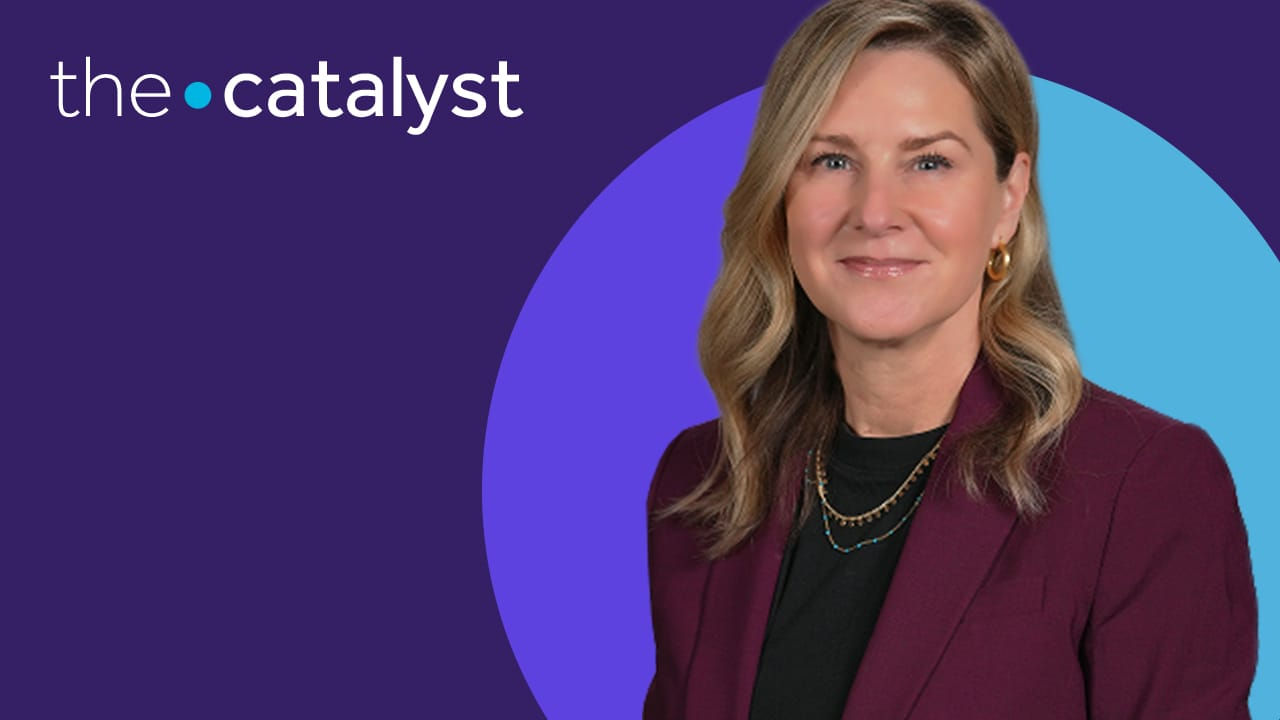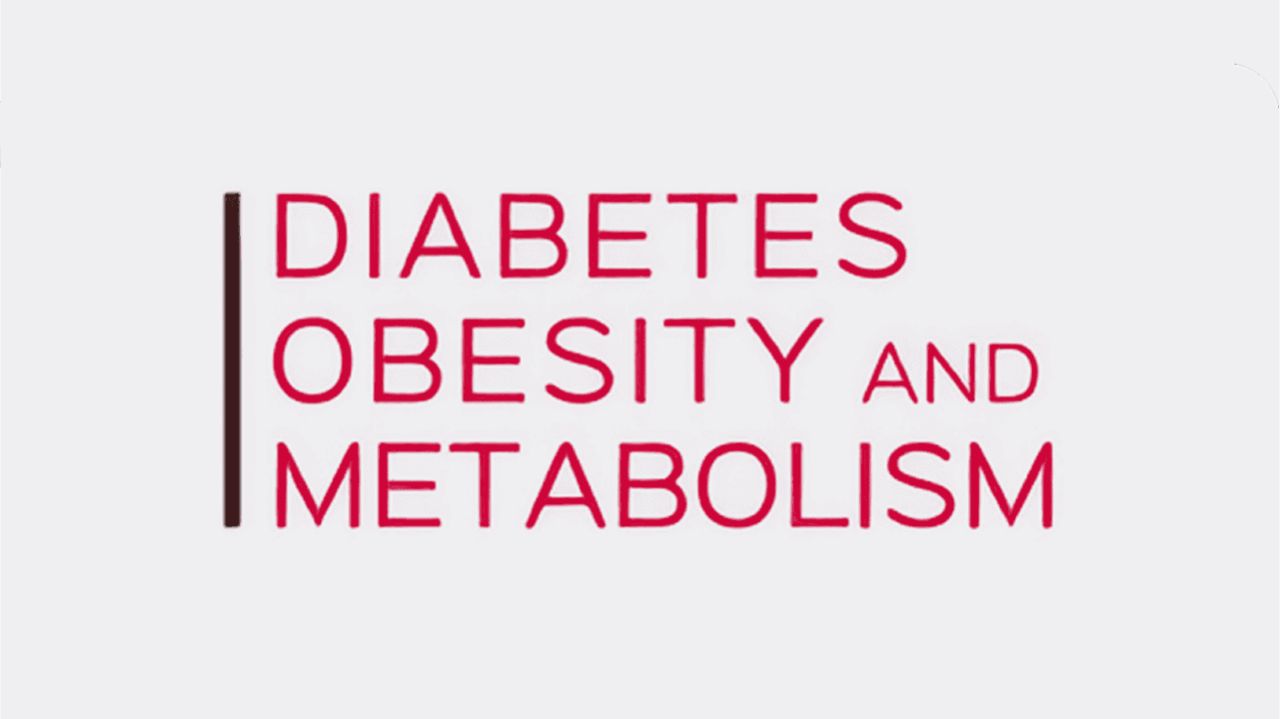Hidden scale: understanding impacts of a new obesity model

By Lee Dukes, Vice President of Clinical Outcomes, Catapult Health
In January 2025, a new model for understanding obesity was introduced. The model recognized that relying solely on body mass index (BMI) was inadequate. Instead, the new approach emphasizes direct measures of body fat and objective health indicators, while also distinguishing between two stages of the condition: pre-clinical obesity, which reflects early excess body fat—or adiposity—and clinical obesity which indicates more advanced disease with potential health complications and/or limitations in daily activities.
In order to better understand the impact of this new model, I recently contributed to a study published in Diabetes, Obesity and Metabolism, which was one of the first large-scale investigations to estimate obesity prevalence under the new definitions.
With more than 50,0000 participants in a real-world employer-sponsored preventive health program, the findings suggest that more people are affected by obesity than previously thought. The study also examined how obesity prevalence varies across sex, race, ethnicity and age, providing nuanced insights that can inform targeted clinical and public health strategies.
By shining a light on populations that may be disproportionately affected, this research emphasizes the critical opportunity for personalized care and early intervention in reducing long-term health risks.
58%
of adults in this study had excess adiposity, a substantial increase from the 40% prevalence reported by the Centers for Disease Control and Prevention (CDC) under previous definitions.
Early identification enables preventative action
One of the most important lessons from this study is the value of broader screening and accurate diagnosis, especially for those with pre-clinical obesity. Early identification allows people to take steps that may slow or prevent progression to clinical obesity and its associated conditions.
The study leveraged Catapult Health’s VirtualCheckup® to conveniently collect precise body measurements and vitals. A key reason for more people fitting the new definition of obesity was the inclusion of waist-based measurements, which we could capture because VirtualCheckup includes a tape measure. Measurements were then assessed using the updated obesity definitions.
VirtualCheckup makes preventive care more accessible, reducing barriers for people to understand their health status and seamlessly connecting them to programs that support weight management and lifestyle changes.
For patients with clinical obesity, the study reinforces the importance of access to expert support and care. Obesity is often accompanied by comorbidities such as diabetes, hypertension, musculoskeletal pain and sleep apnea, which require an integrated care approach. Teladoc Health healthcare professionals bring the knowledge, digital tools and connected resources needed to address these complexities, offering a seamless, coordinated experience. When appropriate, we connect patients with partners like Hinge Health or Sword Health to ensure people receive the right level of support at every stage of their health journey.
The importance of lifestyle changes and expert support
The high prevalence of both pre-clinical and clinical obesity underscores the need for care that addresses root causes rather than just downstream complications. Whether someone is in the early stages of accumulating body fat or managing a more advanced stage of obesity, support focused on foundational healthy lifestyle behaviors including nutrition, exercise, sleep and stress management can slow or even prevent progression. In fact, research from the American Heart Association shows that adopting a majority of key lifestyle behaviors can add years of life expectancy and decrease risk of cancer. In contrast, around 40% of people who are doing poorly by these measures are likely to develop heart disease in their lifetime.
Healthy lifestyle behaviors
Unlike solutions that focus narrowly on diagnosed conditions such as diabetes, our approach at Teladoc Health provides broader care for cardiometabolic health and ensures that individuals with pre-clinical obesity are not overlooked. By opening the door earlier, patients can engage with personalized tools and coaching before complications arise, ultimately improving outcomes and reducing costs.
Addressing disparities and raising awareness
Our study confirmed existing disparities, with people 45 and older and non-Hispanic Black participants showing a higher prevalence of obesity-related conditions. Non-Hispanic Asians are also more likely to have pre-clinical obesity but can be overlooked, particularly when ethnicity-specific cutoffs aren’t properly applied. These findings reinforce the urgent need for personalized care efforts that meaningfully address inequities and ensure that interventions reach those most affected.
The research also revealed females may be more impacted by both pre-clinical and clinical obesity than previously recognized. Raising awareness of this data must be done thoughtfully by acknowledging risk without adding to the burden of weight stigma so more women are empowered to take action earlier.
While the updated obesity definitions are still new, this study provides essential insight into the scope of pre-clinical and clinical obesity in the U.S. population. In reexamining prevalence data, we gain a clearer understanding of who is at risk and how early intervention can make a meaningful difference.
At Teladoc Health, our approach to integrated cardiometabolic health supports the study’s findings of greater need for personalized, preventative care. As our understanding of obesity evolves, studies like this will guide how we deliver interventions that improve outcomes, reduce disparities and ultimately help people live healthier lives.










